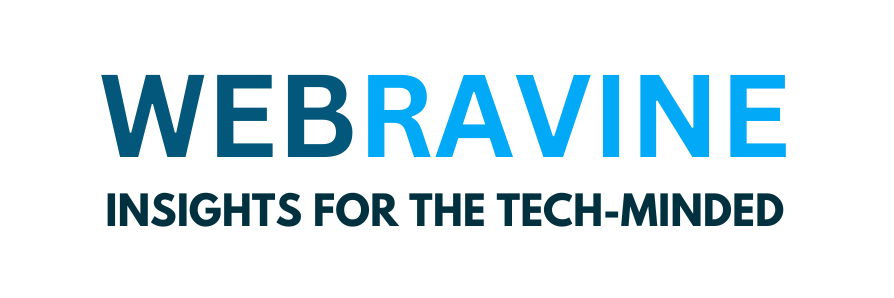Mastering Web Development: Top 10 Best Practices for Robust Applications.
Building robust web applications is crucial for businesses that aim to provide seamless user experiences and maintain a competitive edge in today’s digital age. As a web development expert, I will guide you through the top 10 best practices for ensuring your web applications are reliable, scalable, secure, and high-performing.
1. Comprehensive Planning and Requirement Analysis
Before starting the development process, it’s crucial to understand the project goals and requirements clearly. This includes gathering detailed stakeholder requirements, analyzing user needs, and creating a project roadmap. Thorough planning helps identify potential challenges early on and gives you the confidence to address them, laying a solid foundation for the development process.
2. User-Centered Design
A user-centered design approach ensures that the web application meets the needs and expectations of its users. Conduct thorough user research, create personas, and perform usability testing to design intuitive and accessible interfaces. A well-designed user experience (UX) can significantly enhance user satisfaction and engagement.
3. Responsive Web Design
With the increasing use of mobile devices, ensuring that your web application is responsive is imperative. Implement responsive design techniques such as media queries, flexible grids, and fluid images to provide a consistent experience across various devices and screen sizes. Testing on multiple devices is crucial to identify and fix any layout issues.
4. Version Control and Collaborative Workflows
Using version control systems like Git is a best practice that facilitates collaboration among developers. It allows for efficient tracking of changes, branching, and merging of code. A collaborative workflow ensures team members can work simultaneously without conflicts, leading to a more streamlined development process.
5. Writing Clean and Maintainable Code
Clean and maintainable code is the backbone of a robust web application. Adhere to coding standards and guidelines, write modular code, and document your code thoroughly. Regular code reviews help maintain code quality and identify potential issues early. This practice not only improves the readability of the code but also makes it easier to debug and extend.
6. Performance Optimization
Performance is a critical factor in user satisfaction. Optimize your web application by minimizing HTTP requests, compressing files, and using caching strategies. Implement lazy loading for images and other resources to improve load times. Regularly monitor performance metrics and use tools like Google Lighthouse to identify and fix performance bottlenecks.
7. Security Best Practices
Security should be a top priority in web application development. Protect your application from vulnerabilities such as SQL injection, cross-site scripting (XSS), and cross-site request forgery (CSRF). Implement secure authentication and authorization mechanisms, use HTTPS, and conduct regular security audits. Keeping your dependencies up to date is also crucial to mitigate security risks.
8. Automated Testing and Continuous Integration
Automated testing ensures your web application functions correctly and meets the specified requirements. Implement unit, integration, and end-to-end tests using frameworks like Jest, Mocha, or Selenium. Continuous integration (CI) tools like Jenkins or GitHub Actions automate the testing process, ensuring that code changes do not introduce new bugs.
9. Scalability and Reliability
Design your web application with scalability to handle increasing loads and user traffic. Use scalable architectures such as microservices and cloud-based solutions. Implement load balancing and redundancy to ensure high availability and fault tolerance. Regularly test your application under different load conditions to identify and address potential scalability issues.
10. Comprehensive Documentation and Knowledge Sharing
Comprehensive documentation is vital for the long-term success of your web application. Document your code, APIs, and development processes thoroughly. Use tools like Swagger for API documentation and maintain a knowledge base for your team. Encouraging knowledge sharing through regular meetings and code reviews fosters a collaborative environment and ensures that team members are well-informed.
Conclusion
By following these best practices, you can build robust web applications that are reliable, secure, and scalable. Comprehensive planning, user-centered design, responsive design, version control, clean code, performance optimization, security measures, automated testing, scalability, and thorough documentation are the pillars of successful web application development. Adopting these practices will enhance the quality of your web applications and ensure a seamless and satisfying user experience.
Implementing these best practices will set you on the path to creating web applications that stand the test of time and meet the ever-evolving needs of users and businesses alike. Start integrating these strategies into your development process today and watch your web applications thrive. Don’t just read about these best practices; put them into action and see the difference they can make in your projects.


